Daycare closure letter template
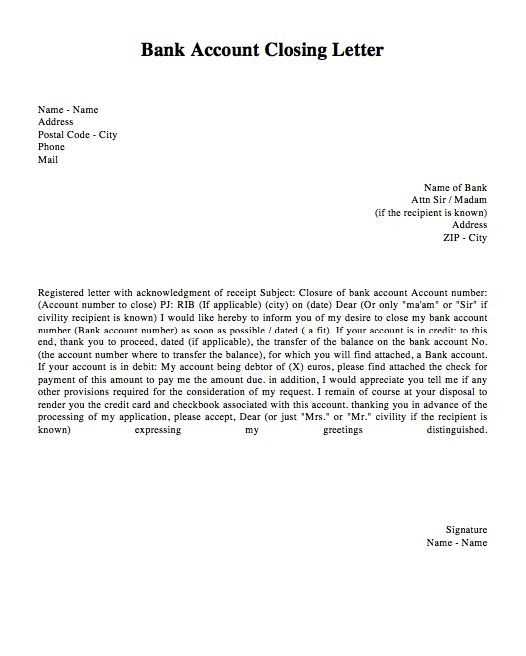
Communicating daycare closures requires clarity and understanding. A well-crafted closure letter ensures parents have all necessary details to adjust their plans. This template provides a simple structure to keep families informed and prepared.
Start with a clear subject line, such as “Daycare Closure Notice.” Make sure parents can immediately identify the purpose of the letter. Begin by stating the date and reason for the closure. Be concise but specific–whether it’s due to unforeseen circumstances, a planned break, or an emergency.
Provide relevant dates–including the start and end of the closure. If there’s any impact on payment schedules or the resumption of care, mention these details. Address any alternatives or temporary arrangements for families who may need assistance during the closure period.
Offer support or a point of contact for parents who may have questions. Provide a phone number or email address for further communication. Let families know that you are available to address any concerns and keep them updated.
Daycare Closure Letter Template
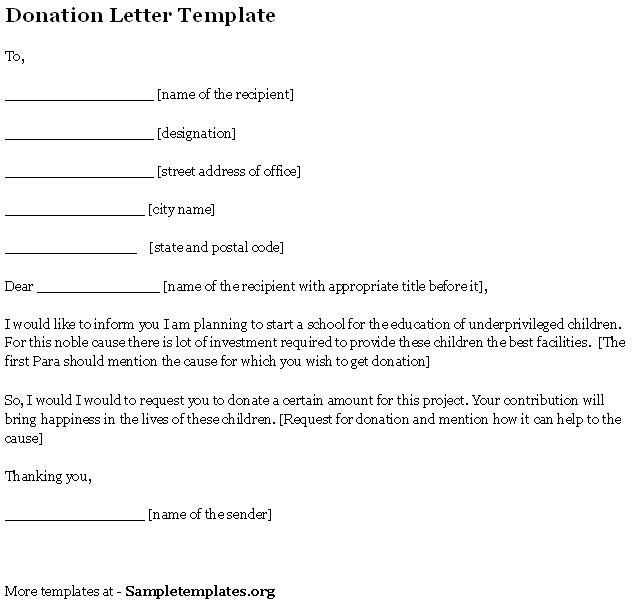
Begin the letter with a clear and direct statement of the closure, including the exact date. This helps parents plan accordingly.
Express sincere apologies for any inconvenience caused. Acknowledge that closures may disrupt daily routines and thank parents for their understanding.
Provide a brief explanation of the reason for the closure. This could include maintenance, staff issues, or holidays. Keep it concise and to the point.
Offer options for alternative care or rescheduling if applicable. Mention any plans for communication regarding reopening dates or additional updates.
End the letter with gratitude for their support and patience. Reassure parents that the daycare remains committed to providing a safe environment for their children once it reopens.
Here is a simple template to follow:
Dear Parents,
We regret to inform you that [Daycare Name] will be closed on [Date] due to [Reason]. We apologize for any inconvenience this may cause and appreciate your understanding.
If you have any questions or need assistance with alternative care options, please don’t hesitate to reach out.
We look forward to welcoming your child back on [Reopening Date]. Thank you for your continued support.
Sincerely,
[Your Name]
[Your Title]
[Daycare Name]
How to Begin Your Daycare Closure Letter
Begin with a clear statement regarding the closure of your daycare. Specify the date of closure so parents have an immediate understanding of the situation. This direct approach ensures no confusion from the start.
Follow up by explaining the reason for the closure. Whether it’s a temporary situation, such as maintenance or an unforeseen event, or a permanent shutdown, provide enough detail for parents to understand the context without overwhelming them.
Address any concerns parents may have about their children’s care during the transition. Offer alternative options or suggest how they can reach out for further support, showing you’re thinking about their needs during this time.
Key Information to Include in the Closure Notice
Include the specific date and time of the closure to ensure clarity for parents. Mention whether the daycare will remain closed for a day, week, or longer, and specify the expected reopening date.
Clearly state the reason for the closure, whether it’s due to holidays, health concerns, maintenance, or other events. Transparency helps prevent misunderstandings.
Provide alternative childcare options, if possible, to assist parents with their planning. If no alternatives are available, advise parents to make their own arrangements.
Outline any special instructions, such as changes to pick-up procedures or items children may need to bring before the closure. This ensures families are prepared.
Include contact information for urgent inquiries or concerns. Offer a phone number or email that parents can use to reach out if needed.
Consider adding a note of appreciation to parents for their understanding, which helps maintain positive relationships during closures.
Personalization Tips for Parents and Guardians
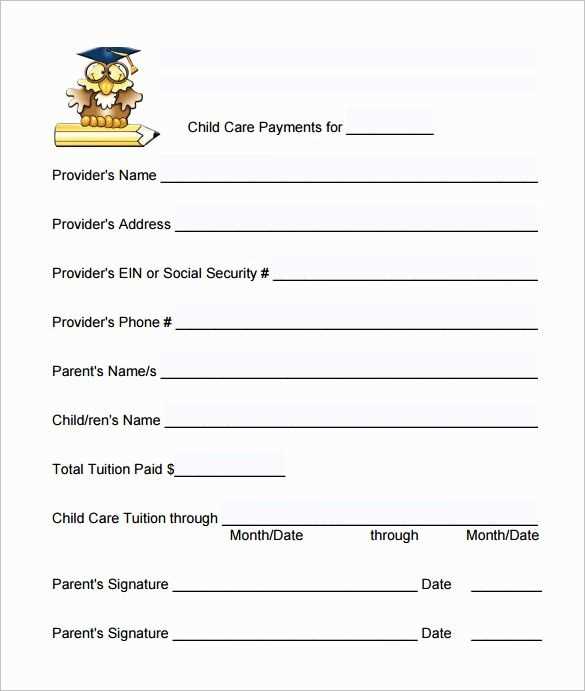
Addressing parents and guardians by name adds a personal touch. Include specific details about their child’s experience to show attention to individual needs.
Use language that reflects your understanding of each child’s unique situation. For instance, “We understand that Jamie loves art projects, so we’ll make sure to incorporate creative activities when we reopen.” This helps reassure parents that their child is valued and their preferences are known.
Provide a clear and personalized plan for the closure. Acknowledge any inconvenience and offer tailored solutions when possible. For example, “We’ve arranged for a few virtual activity options for families who would prefer them during this time.” This makes the message more relevant and practical for the reader.
Personalizing communication strengthens relationships and reassures parents. The more specific the details, the more supportive and caring the letter feels.
| Personalization Tip | Example |
|---|---|
| Address parents by name | Dear [Parent’s Name], |
| Reference child’s interests or preferences | “We know [Child’s Name] enjoys outdoor play, so we’ll incorporate more nature-based activities.” |
| Provide specific options or solutions | “Here are some virtual resources to keep [Child’s Name] engaged during this closure.” |
Choosing the Right Tone for Your Letter
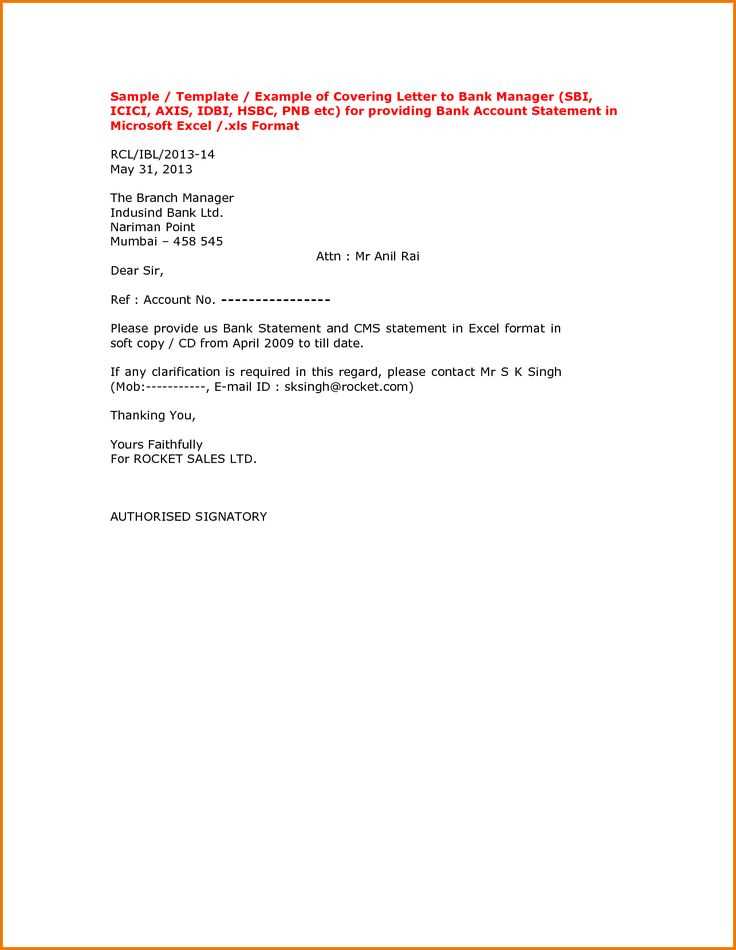
Opt for a tone that is clear, respectful, and considerate. Acknowledge the inconvenience caused by the closure while maintaining a positive, helpful approach. The goal is to communicate with empathy and professionalism without sounding too formal or overly casual.
Maintain Clarity and Professionalism
Ensure the letter reflects a professional yet approachable tone. Avoid using jargon or complicated terms that could confuse parents. Use simple, straightforward language to explain the closure and any necessary next steps.
Be Empathetic and Supportive
Express understanding of the disruption the closure may cause to families. Acknowledge their potential concerns and reassure them that the daycare is taking all necessary steps to minimize the impact. Show that you care about their well-being and are working to resolve the situation smoothly.
Legal Considerations When Closing a Daycare
Review your contract with parents and ensure all necessary terms are met. Provide written notice as required by the agreement, clearly stating the closure date. Address any outstanding payments or refunds. Settle any unpaid fees or services to avoid legal complications. Confirm the return of all children’s belongings and any personal items stored at the daycare. Secure proper documentation of the closure for future reference.
Inform relevant local authorities about your daycare’s closure, especially if you are licensed. You may need to file termination paperwork with your state or local licensing agency. Compliance with health and safety regulations should be checked to ensure your closure does not conflict with state laws.
Consider providing resources or referrals to help parents find alternative care for their children. This ensures that families are not left in a difficult situation and can demonstrate your commitment to their well-being during the transition.
Lastly, maintain confidentiality of sensitive information. Safeguard any data related to children or families, ensuring it is properly handled according to privacy laws before destroying or storing records.
Providing Alternatives for Affected Families
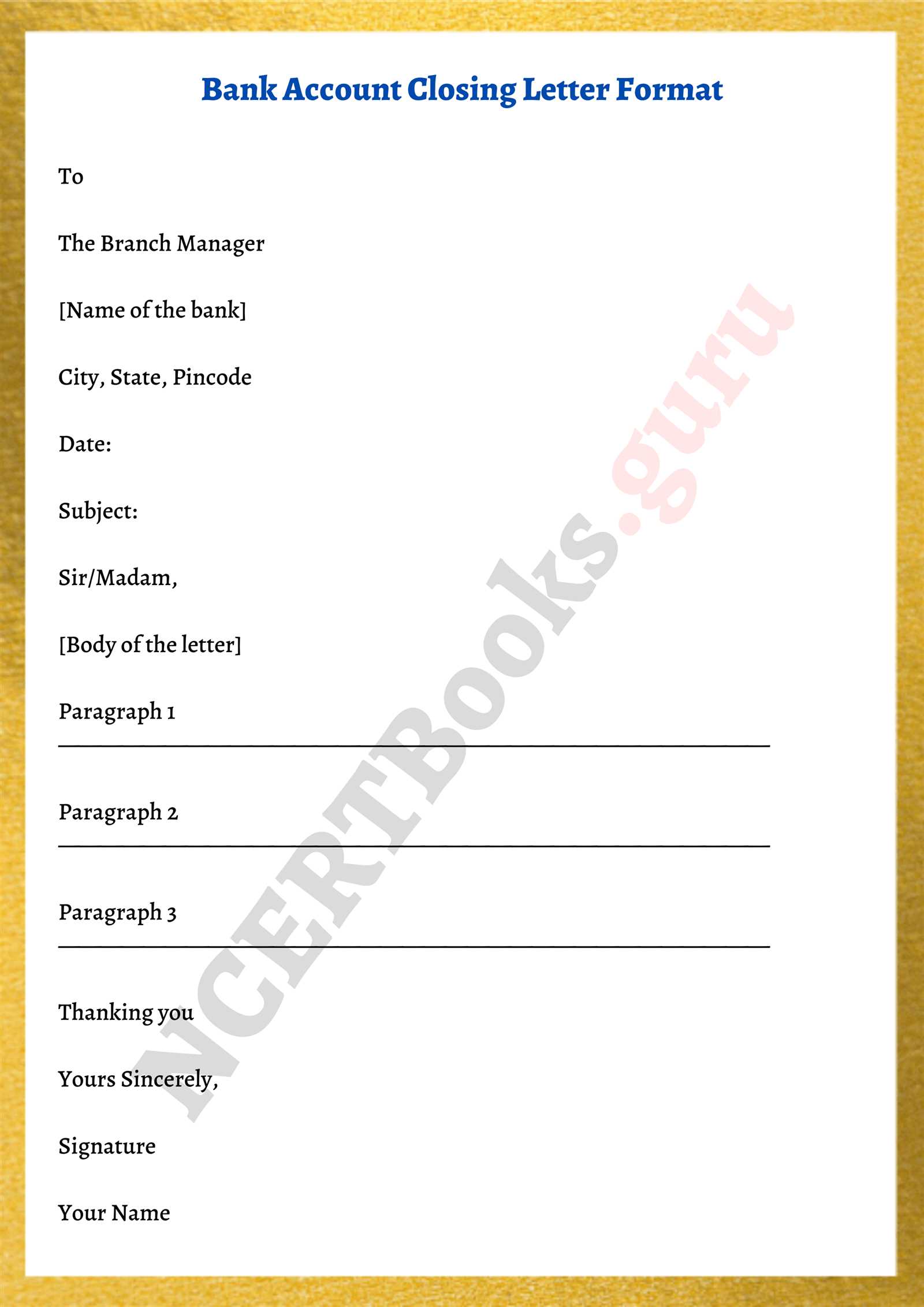
Families affected by daycare closures can benefit from several practical solutions. Start by compiling a list of nearby childcare centers or temporary daycare providers. Sharing this list with families will allow them to contact these services directly for availability. Ensure the list includes contact information and location details for easy access.
Temporary Care Options
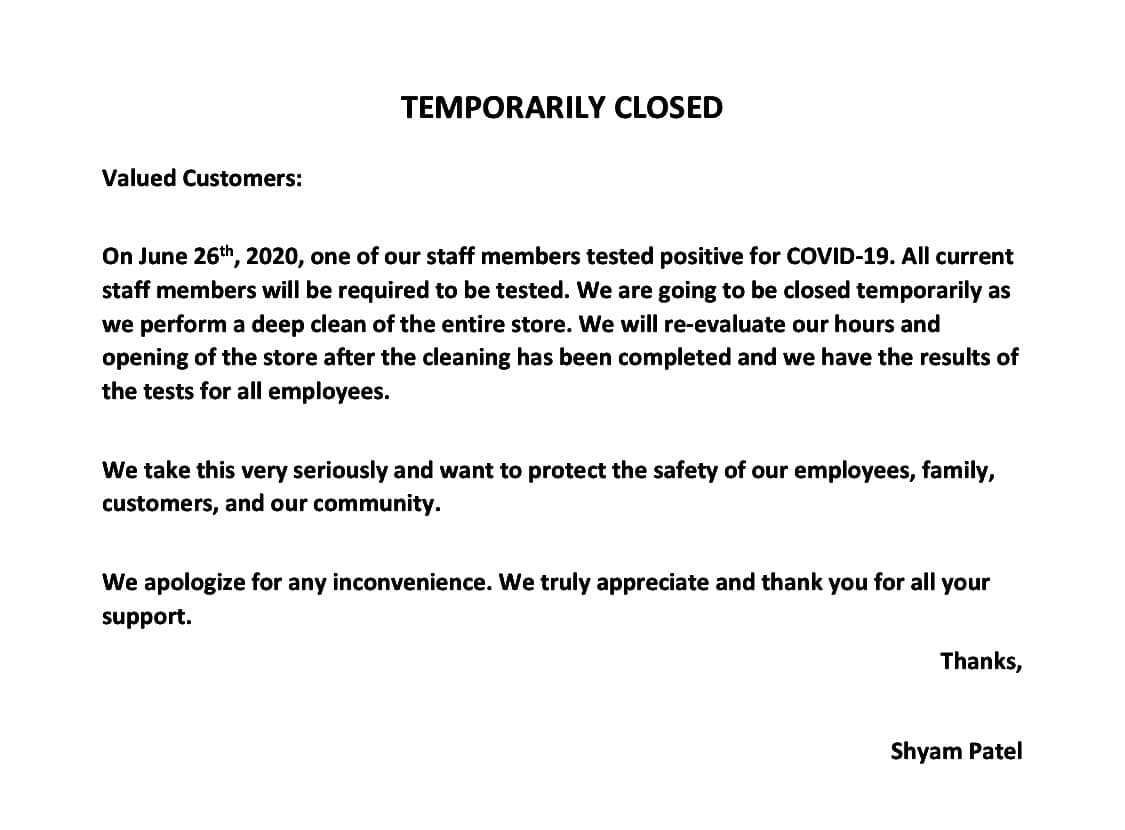
- Look for local babysitting services or nanny agencies offering flexible hours. These providers often have availability for short-term arrangements.
- Consider community-based solutions like local churches, community centers, or after-school programs. Many of these offer childcare services during school breaks or for younger children.
Parent Co-Ops or Shared Care
- Encourage families to explore co-op childcare options, where parents take turns caring for each other’s children. This can help cover temporary gaps in daycare availability.
- Suggest connecting with other parents in the area for informal childcare arrangements. This can reduce the stress of finding last-minute care while maintaining a supportive network.